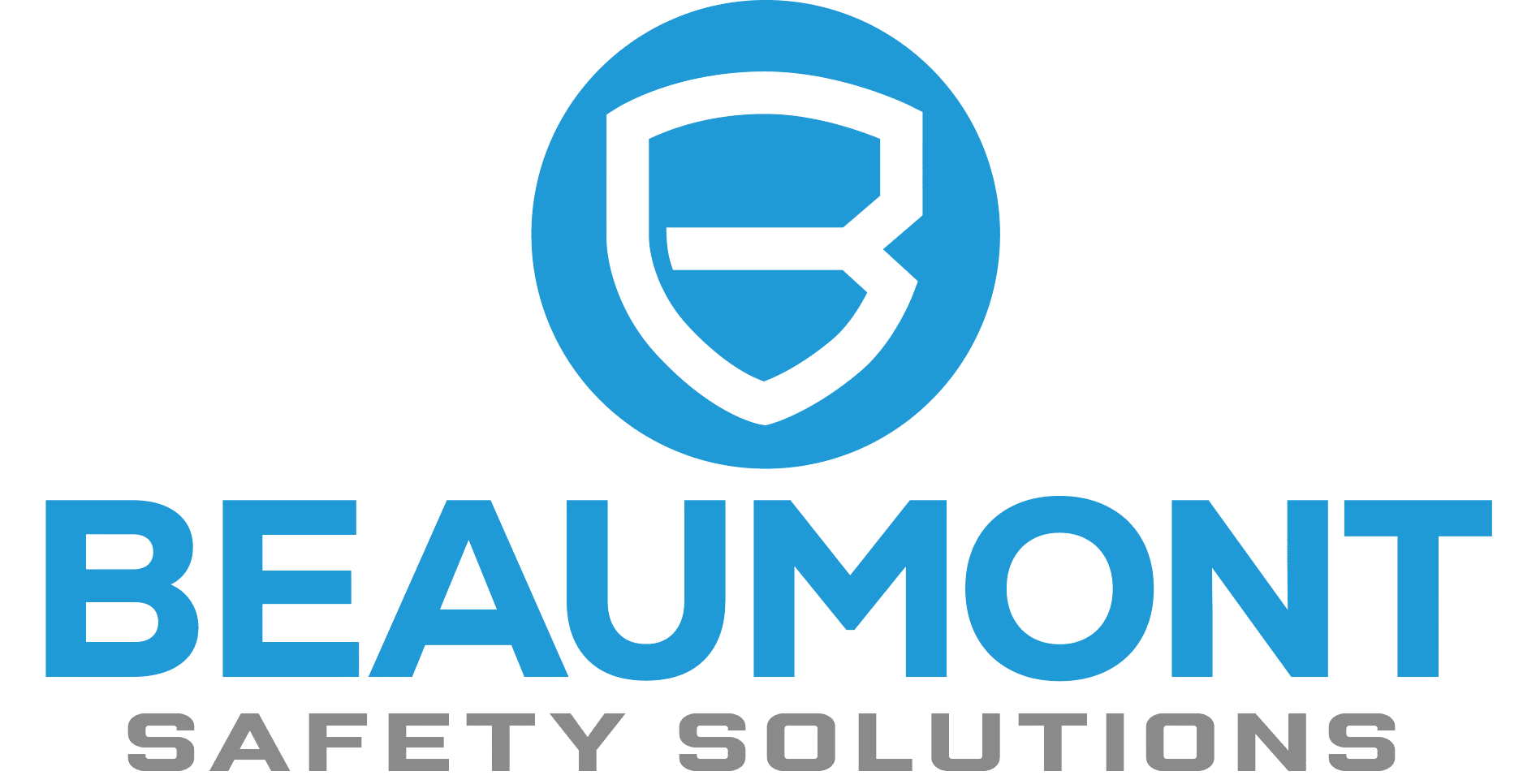Employers and business owners must help minimise risks to their workers, and must consider any factors that may mean that a specific group may be more likely to experience harm at work.
In practical terms, this means mapping out employees work tasks and then creating a system that works for all.
Things to consider:
A young worker may be more likely to experience harm due to lack of experience and awareness. So an employer may need to ensure that the appropriate information, training, instruction, supervision and mentorship are in place.
People from culturally and linguistically diverse backgrounds may need to access training and signage in clear english their own language and/or with universally acceptable graphics. Just think of the exit sign on an airplane – it spells out the letters EXIT but in Australian workplaces we must have a green running man as it is known to be more effective.
If you’re aware there is an issue, this may require a system that encourages managers to verify understanding in-person.
Managing a remotely diverse team may mean increased psychosocial risks, and increased needs to monitor physical health. This may include developing a system such as check-in points for remote travel, UHF radio protocols, and even never travelling alone. For those who do work alone – such as a diversified roadside crew – make time for team meetings, one-on-one meetings or a buddy system.
Any and all of these can help you become aware of any issues early so that you have time to discuss mitigations to the risks.
A better system helps all workers. By working together, we can make work safe for all.



